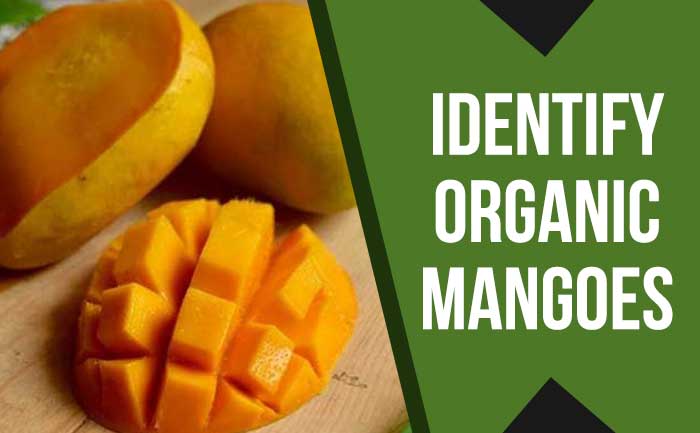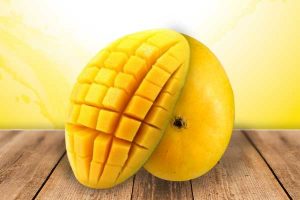
Simple Ways To Identify Organic Mangoes
Once again, the season of mangoes is here and, nobody can keep calm. After all, everyone waits for the entire year for the arrival of the king of fruits. But, as different varieties of mangoes set in the supply chain and make their way to the markets, it should be noted that not all mangoes are good for your body. We are talking about the mangoes that are artificially ripened using calcium carbide. Calcium carbide is a dangerous chemical that is used as a source of acetylene gas, a ripening agent similar to ethylene. However, this is illegal in some countries as the production of acetylene from calcium carbide often leads to the production of phosphine and arsine. So, before you buy organic mangoes online hold on, take a step back and read this piece to figure out the ways to identify organic mangoes, and be sure enough if what you’re getting are farm-fresh organic mangoes.
First, let’s understand how mangoes are ripened with the use of chemicals. Pouches of calcium carbide are placed with mangoes. When this chemical comes in contact with moisture, acetylene gas is produced, the effects of which are similar to ethylene, the one that is naturally used for the fruit ripening process.
Let’s now take a look at how you can tell a naturally harvested mango from a forcibly ripened one. As a simple test put the mangoes in a bucket of water. If the mangoes sink, they are naturally ripened. If they float, they are harvested artificially.
As for other parameters that can be used to gauge the quality of mangoes let’s take a look at some of them:
- Colour: In an artificially ripened mango there will be patches of green colour. These patches will be clearly distinguishable from the yellow colour and unlike a naturally ripened mango, it will not have a uniform blend of yellow and green. Another sign is that the mango will have an unnaturally bright yellow colour when compared to a naturally ripened mango.

- Taste: One might even experience a burning sensation in the mouth while having artificially harvested mango. Some people may even experience severe reactions like a stomach ache, diarrhoea, and burning down the throat.
- Texture and colour of the pulp: When you cut open a naturally ripened mango the pulp will show a uniform bright reddish–yellow shad. In the case of an artificially ripened mango, it will be a mix of light and dark yellow, indicating that it’s not yet fully ripe. The comparison lies in the fact that the mango will look completely ripe from the outside but it will not be so, on the inside.
- Juice: An artificially ripened mango will have very little or no juice dripping out. This is because the ethyl that naturally ripens a mango produces juice, which cannot be formed when the mango is artificially ripened.
The use of calcium carbide for artificial ripening has been prohibited by FSSAI, considering the health problems they pose. The major reason behind this is the disorders they can lead to, these include dizziness, sleepiness, mental confusion, and memory distortion, calcium carbide is known to affect the neurological system. The traces of arsenic and phosphorous hydride cause additional damage to hormonal functioning.
As a consumer, it is very difficult to differentiate natural mangoes from the ones which have been grown artificially. However, with the help of this piece and vigilance at your end, you buy mangoes online which are calcium carbide-free and are bliss for the taste buds and your health.
